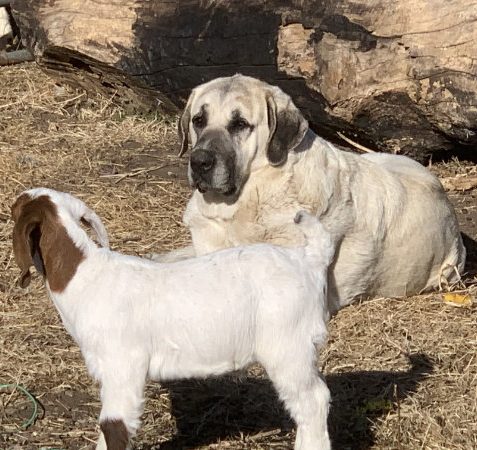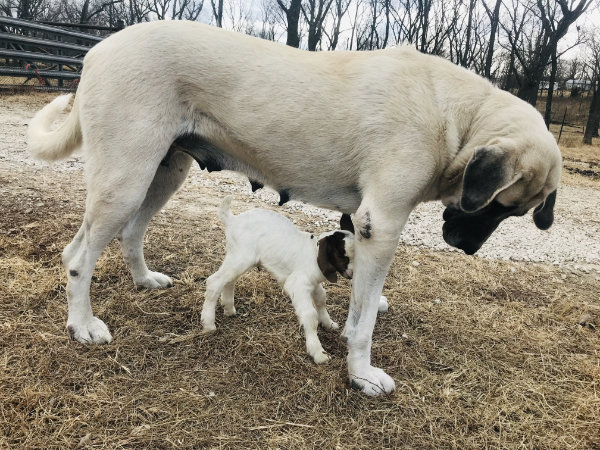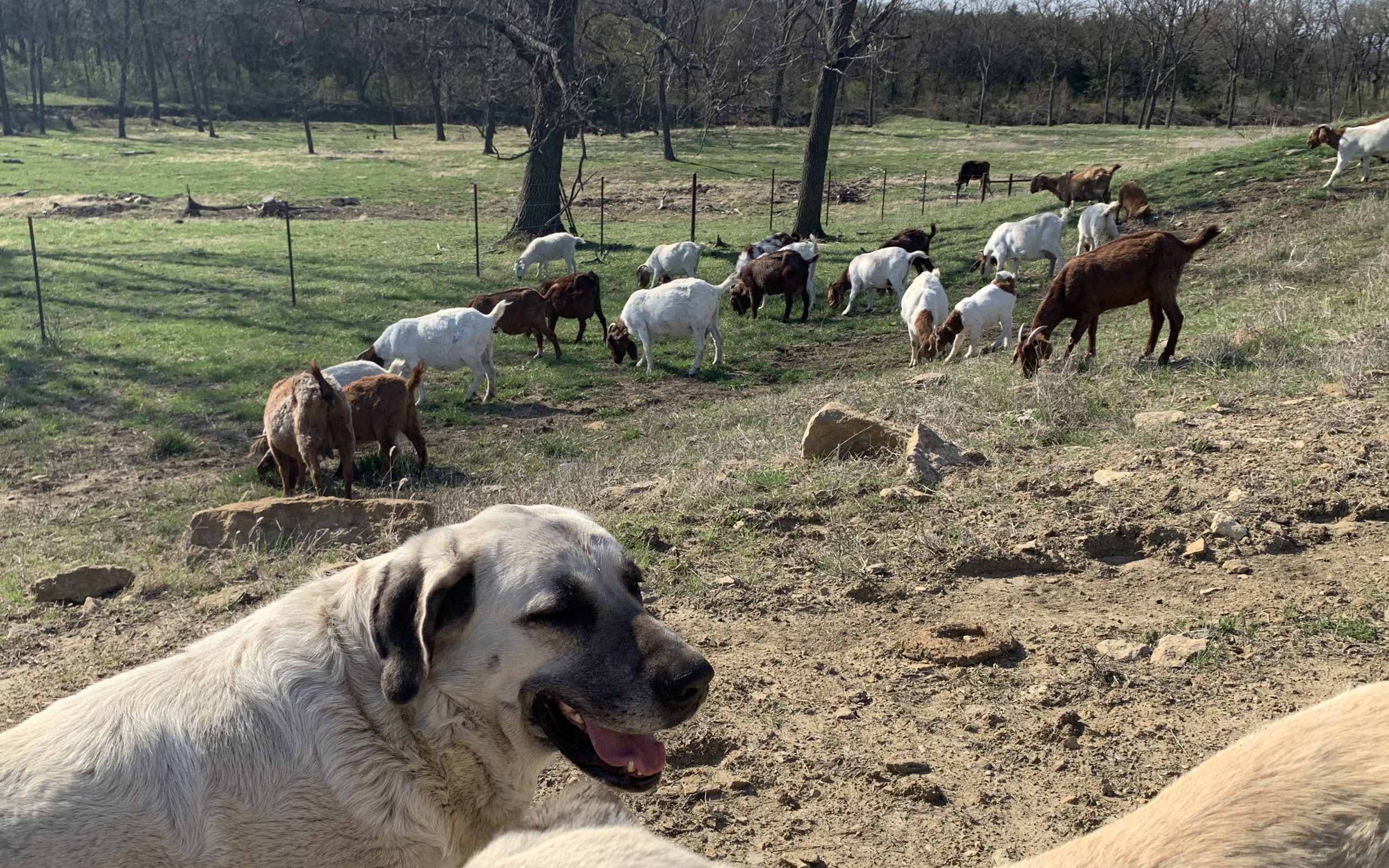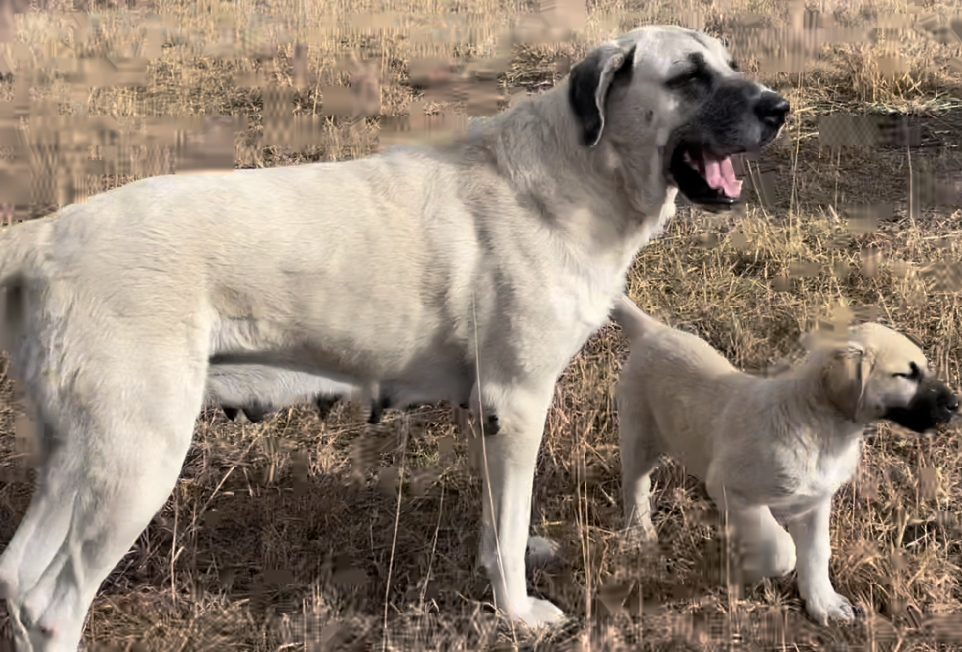Guide to LGD Training
Training a livestock guardian dog (LGD) to protect rather than harm your chickens or livestock requires patience, consistency, and understanding of the dog’s instincts and behaviors. Here’s a comprehensive guide to help you through this process.


Understanding the behavior
Understanding the reasons behind a dog’s possible aggression towards chickens is essential. Livestock guardian dogs are inherently programmed to defend livestock from potential threats. However, due to their strong prey instinct, they might sometimes view smaller animals, including chickens, as targets, primarily if they are not accustomed to their presence from an early age.
Early Socialization
Early sociability starts the groundwork for successful integration. If feasible, acquaint your LGD with children, chickens, and other farm animals while they’re young. This early introduction helps the dog perceive these animals as group members, not as food or playthings. Monitor these early interactions closely to protect both the dog and those you are socializing it with.
Step-by-Step Acquaintance
Patient and gradual acquaintances can still lead to peaceful coexistence for dogs not exposed to chickens early on. Keep the dog leashed and let it watch the chickens from afar, slowly lessening this distance as the dog grows more familiar with them. Be prepared to step in if needed.

Encouraging Positive Behavior
Embrace positive reinforcement to promote the behavior you wish to see. When the dog remains calm around the chickens, offer it treats, commendation, or attention. If the dog acts aggressively or too curiously, remove it from the situation calmly and attempt again later. Avoid punishment, as it can foster fear and aggression, making the issues worse.
Routine Training and Directions
It is crucial to maintain a routine in training. Establish specific instructions for interactions with chickens, like “leave it” or “gentle,” and apply these commands consistently to signal that livestock or poultry are not to be targeted. Continuously practice these commands in different scenarios to ensure the dog follows them in any setting.

Seeking Expert Advice
If your dog has a high prey drive or training difficulties, consider consulting a professional dog trainer with experience with LGDs. An expert can offer customized advice and training tactics suited to your dog’s requirements. This guide is meant for informational purposes only and may not be best suited for your needs.


